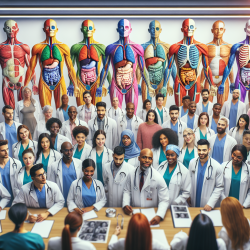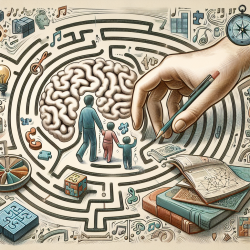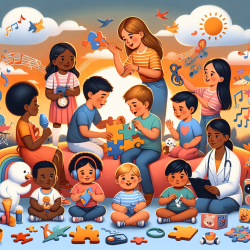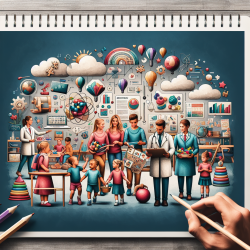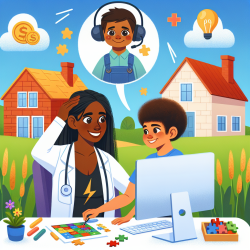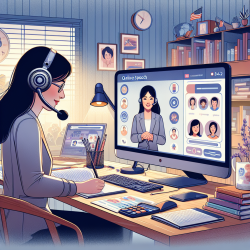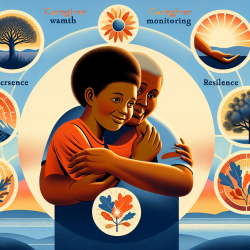Embracing Diversity: Enhancing LGBT Cultural Competency in Medical Education
In today's rapidly evolving world, the importance of cultural competency in healthcare cannot be overstated. As a Special Education Director, I am acutely aware of the challenges and opportunities that come with fostering an inclusive and supportive environment for all students, including those from the LGBT community. The research article titled "How much is needed? Patient exposure and curricular education on medical students’ LGBT cultural competency" offers valuable insights into how medical education can be enhanced to improve LGBT cultural competency among future healthcare professionals.
The Importance of LGBT Cultural Competency
Medical students' exposure to LGBT patients and education about their unique healthcare needs are crucial for developing cultural competency. The study highlights that medical students generally report high attitudinal awareness but moderate knowledge and low clinical preparedness when it comes to LGBT healthcare. This gap in competency underscores the need for a more structured and comprehensive approach to LGBT education in medical schools.
Key Findings and Recommendations
The study conducted a survey among 940 medical students across three universities in the United States. The results revealed that students who had exposure to 35 or more LGBT patients and received at least 35 hours of LGBT education reported significantly higher preparedness and knowledge. This finding suggests a benchmark for medical schools to aim for in their curricula.
- Patient Exposure: Students should have at least 35 LGBT patient contacts during their education to enhance clinical preparedness and understanding.
- Educational Hours: A total of 35 hours of LGBT education, including 10 hours of required curricular education and 25 hours of supplemental education, is recommended to achieve high cultural competency.
- Focus on Transgender Care: Special emphasis should be placed on transgender healthcare topics, as students reported feeling less prepared in this area compared to LGB patient care.
Implementing Change in Medical Education
For medical schools to close the current gap in LGBT cultural competency, they should consider integrating LGBT-specific content into their curricula more comprehensively. This can be achieved through lectures, case presentations, small group sessions, and online modules. Additionally, encouraging extracurricular learning through journal clubs, seminars, and clinical rotations can further enhance students' understanding and preparedness.
Moreover, accrediting bodies should recognize the importance of LGBT education and set standards that require medical schools to provide adequate exposure and training. By doing so, we can ensure that future healthcare professionals are well-equipped to provide compassionate and competent care to all patients, regardless of their sexual orientation or gender identity.
Encouraging Further Research and Development
The findings from this study provide a solid foundation for improving LGBT cultural competency in medical education. However, further research is needed to explore the long-term effects of increased patient exposure and education on clinical performance and patient outcomes. Additionally, developing standardized training programs that cater to the diverse needs of the LGBT community will be crucial in fostering an inclusive healthcare environment.
As educators and leaders, it is our responsibility to advocate for and implement these changes. By embracing diversity and promoting cultural competency, we can create a more equitable and inclusive healthcare system for all.
To read the original research paper, please follow this link: How much is needed? Patient exposure and curricular education on medical students’ LGBT cultural competency.
